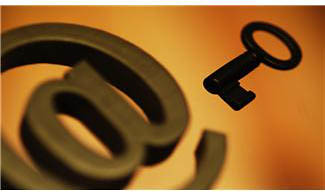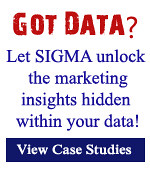
Kevin Gilbert
Marketing data, including customer and sales information, is some of the most valuable information within an organization. It is paramount that this information remain secured from tampering and theft. Companies that have experienced data loss have experienced large fines and loss of reputation, and some have gone out of business. In this series of short posts, we’ll provide tips for securing your data on various devices and at data connection touch points. In this post, we’ve provided tips to secure your email.
Email has become the modern day communication business tool. We use it for everything from selecting a lunch spot to passing contract signatures. Did you know that sending email across the internet is not secure? Your email message can be, and often is, read by other people. What do you think might happen if you attached a report containing customer data to an email and sent it? You have possibly published that information to the world! There are several things you should do to protect your email:
-
 Get a digital signature. The signature will not protect the contents of your message, but it will verify that you are who you say you are. Many organizations offer digital signatures. One of the most popular is Comodo’s Secure Email Certificate.
Get a digital signature. The signature will not protect the contents of your message, but it will verify that you are who you say you are. Many organizations offer digital signatures. One of the most popular is Comodo’s Secure Email Certificate. - Encrypt messages. Anything you type in the body of the email will not be secured. It addition, any file that you attach will not be secured. To get around that problem, encrypt your attachments before sending them. A good product for encrypting files is 7Zip. With 7Zip, you simply right-click your files, select “Add to archive,” enter a passphrase, and then email the archive. The receiver will need 7Zip and your passphrase in order to open the archive.
- Send passphrases securely. Suppose you attach an encrypted archive to an email message and in the body of the email you write “To open the attachment, use the passphrase ‘Kevin,’” If someone intercepts the email, they now have the passphrase to break the encryption! Never send the passphrase through email. Instead, use an out-of-band method such as a phone call.
There are many things that can be done to keep data secure. In post article, I have touched on some of the most common. By implementing these best practices, you can help to assure that valuable data does not fall into the wrong hands.
About the Author:
Kevin Gilbert is the Technology Manager at SIGMA Marketing Group. Kevin headed the data center virtualization project for four years and is a VMWare Certified Professional (VCP). Connect with Kevin on .
Related Articles:
Marketing Data Security: Securing Your Cell Phone or Mobile Device
